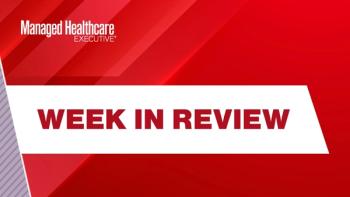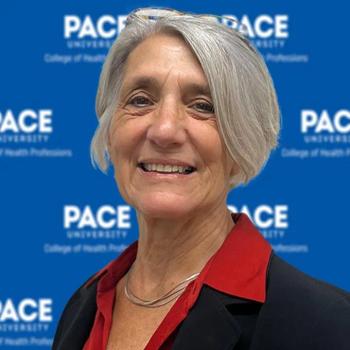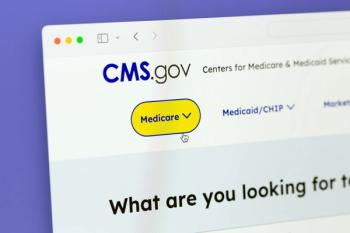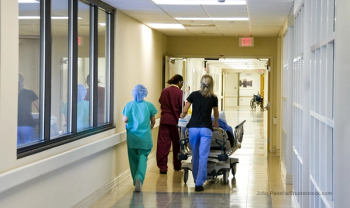
Rate reality hard to pin down
Despite grim predictions of rate shock, older and sicker people will experience 'rate joy' in the exchanges
In 2014, as many as 7 million individuals will have exchange coverage, with some enrollees experiencing the forewarned rate shock and others experiencing rate "joy,” according to Princeton University economist Uwe Reinhardt, speaking at an Alliance for Health Reform web conference last month.
Reinhardt says it’s difficult to accurately compare the exchange rates to prevailing rates because the underlying methodology would be based on assumptions. Even so, to focus only on rate shock is to leave out half the story.
“The premium shock for many people might be lower or might actually be ‘premium joy,’” he says, especially for older or sicker individuals who would benefit from modified community rating.
Three key elements of health reform-guaranteed issue, the individual mandate and subsidies for low-income enrollees-help balance the individual market. While forecasts tend to indicate large premium increases, many of the recent predictions don’t figure in subsidies. For example, the Ohio insurance commissioner last month projected individual health plan coverage would increase by 41% on average.
“It’s very difficult to predict the winners and losers without knowing their income and subsidy level,” Reinhardt says.
Poor but healthy individuals might be the net winners based on subsidized premiums. But the key to rates could well be the composition of the risk pool-if enough healthy people join, rates could be lower than expected.
He says rates will vary by geographic region and whether the exchange adopts a passive model or an active-purchaser model. In time, insurers will also readjust premiums based on their experiences in the exchanges.
Tom Miller, resident fellow, the American Enterprise Institute, also speaking at the conference, believes health reform is creating a more expensive system.
“The costs are going up, and just because payment is reshuffled doesn’t mean they’re going to be reduced,” Miller says.
Current baseline
Whether individuals and families lose or gain in the future by purchasing on the insurance exchanges could depend a lot on their current premiums-assuming they are able to obtain coverage. The Government Accountability Office (GAO) reports that 19% of applicants are denied coverage in the underwriting process.
With health reform, no one can be denied coverage, and that alone could be considered an advantage, says Linda Blumberg, senior fellow, the Urban Institute.
“The non-group market has been the most dysfunctional market we’ve had,” Blumberg says.
A brief from actuarial firm Milliman predicts that in Indiana average market premium rates will rise by 75% to 95%, not including subsidies. The brief also notes that those currently purchasing plans with an actuarial level above 60% will be less impacted by the cost difference in the exchange market, and those who are older or in poor health are likely to experience decreases.
A July
New York and New Jersey reported the highest annual premiums for individuals and families, according to the GAO. The lowest annual premium reported for a 30-year old male non-smoker was in Nebraska at $349. The plan also has a $5,000 deductible and $10,000 out-of-pocket maximum.
Blumberg says, however, the products individuals can buy today aren’t the same as the products offered in the exchanges. Exchange plans must lower the amount of out-of-pocket costs for essential benefits for enrollees at certain income levels, for example.
The expectation among reform advocates is that the exchanges will right a number of wrongs in the non-group market, including skimpy benefits, unaffordable premiums and scant plan choices.
Newsletter
Get the latest industry news, event updates, and more from Managed healthcare Executive.




















































